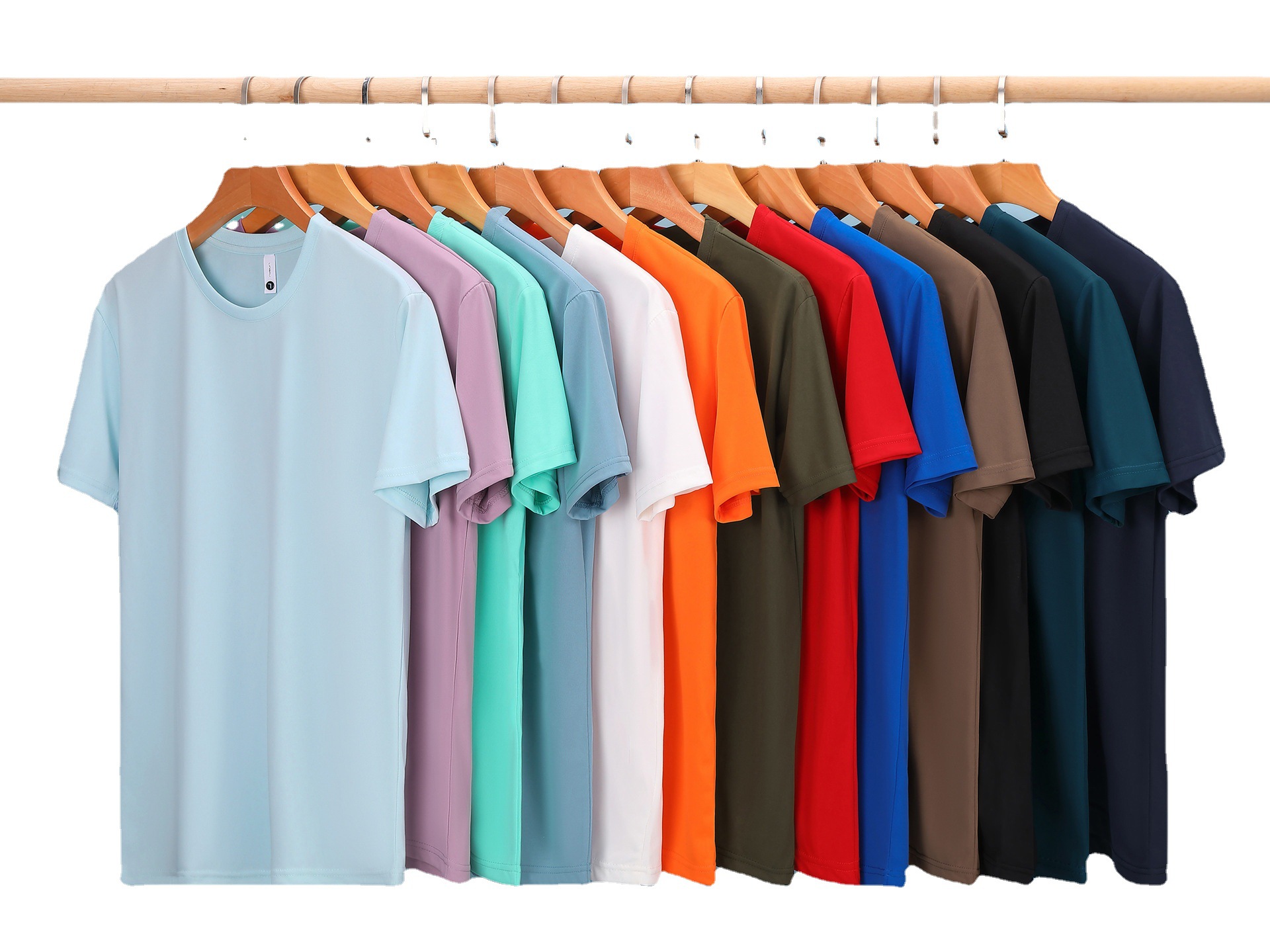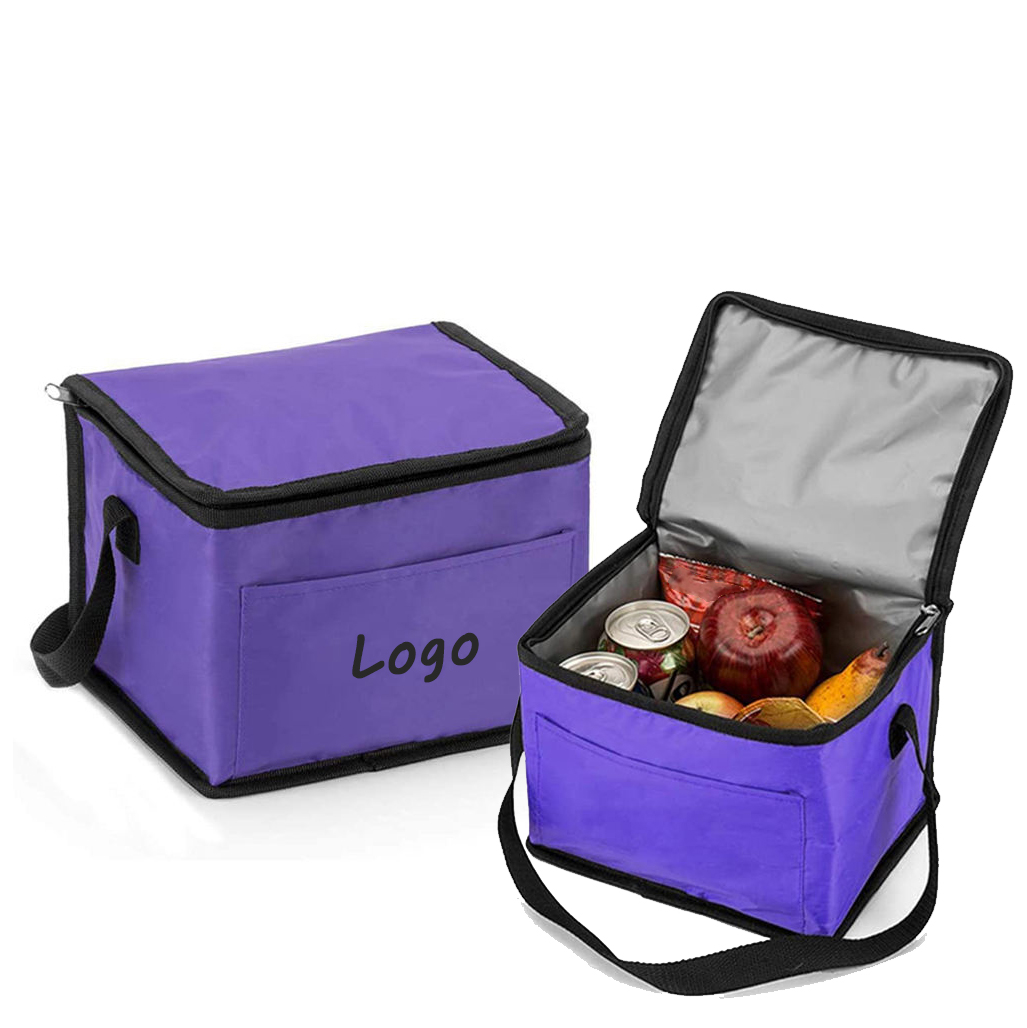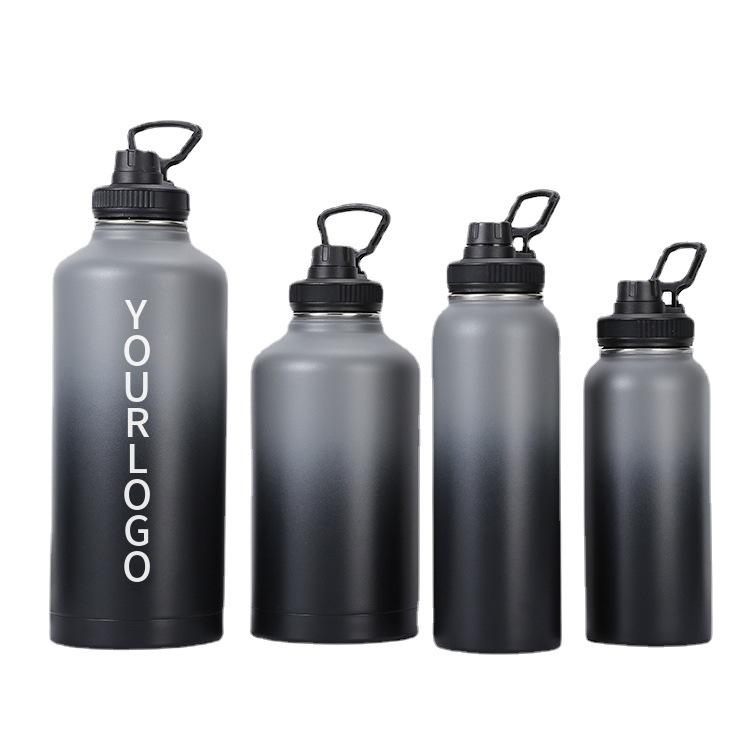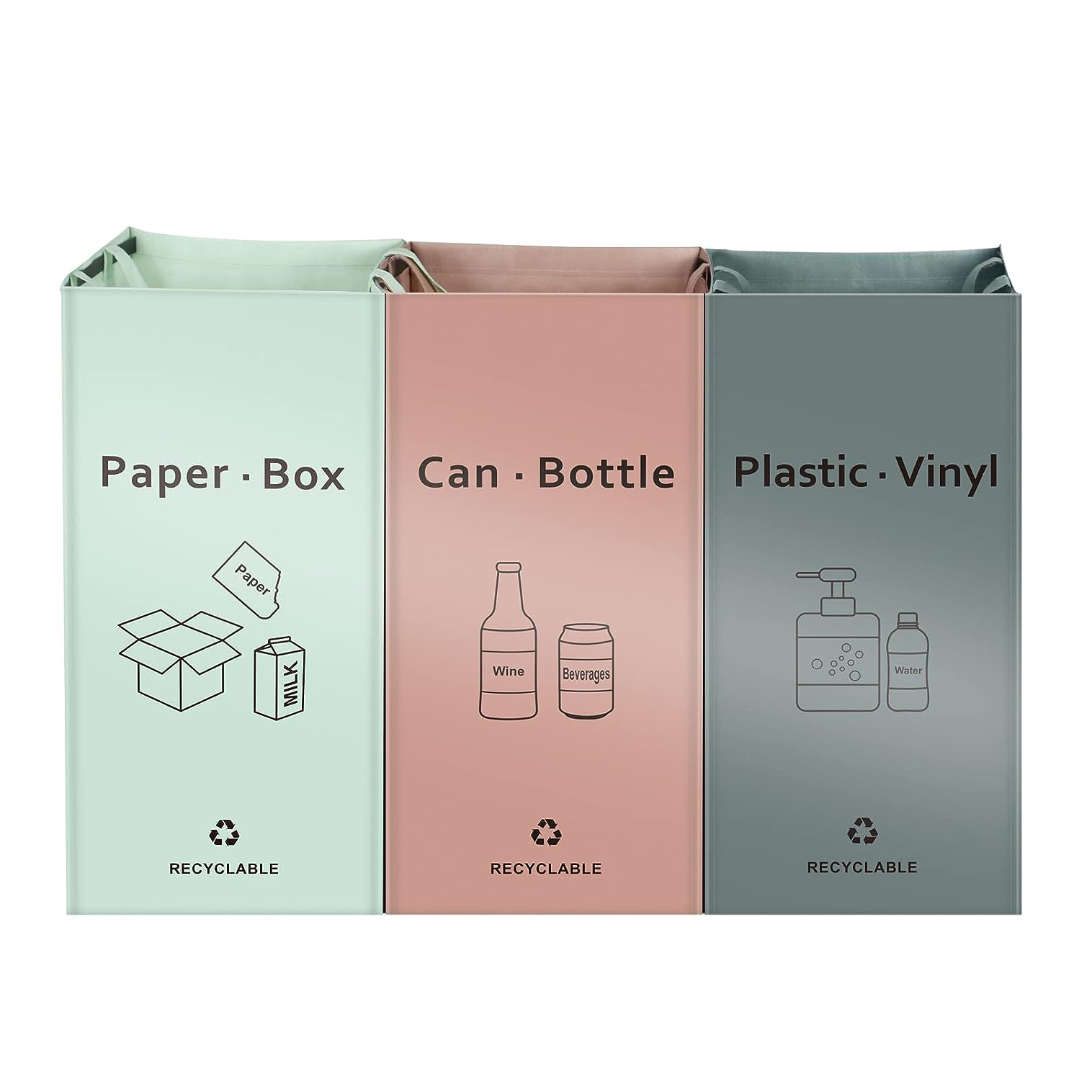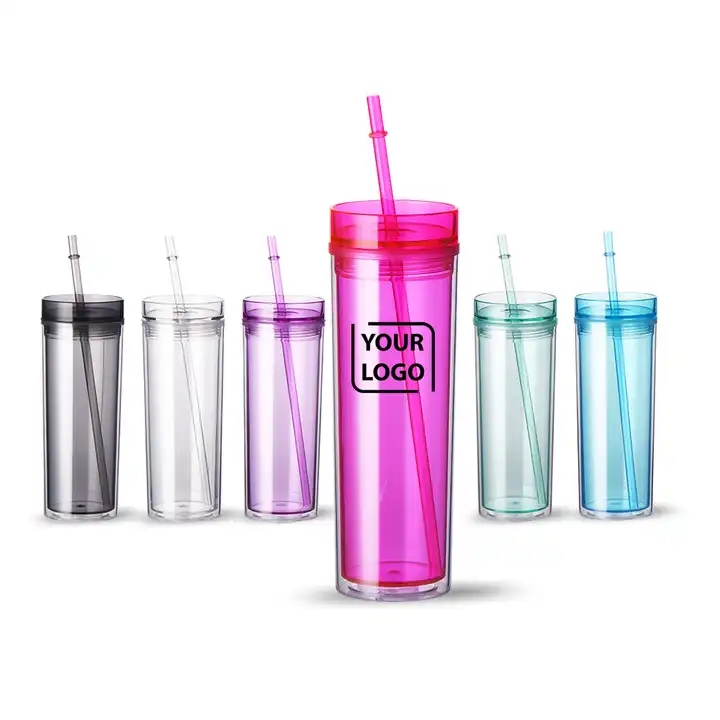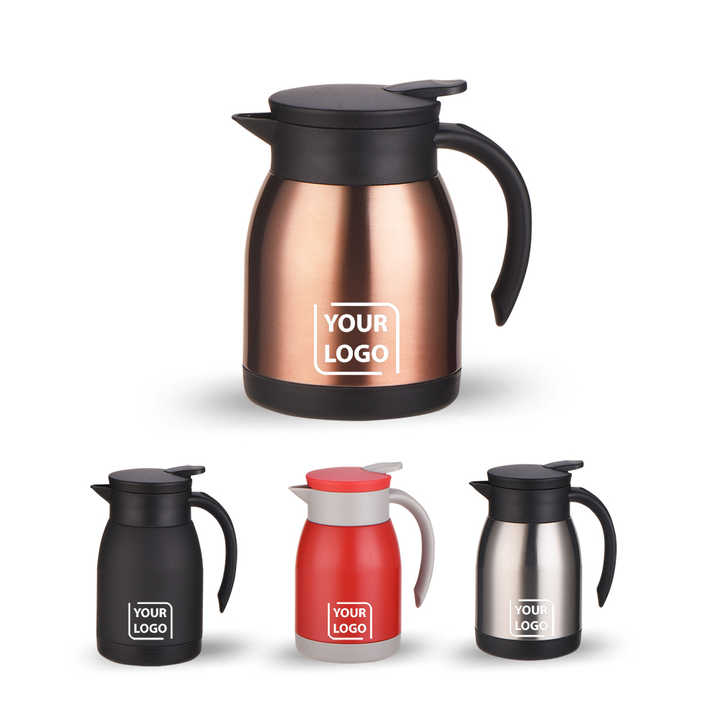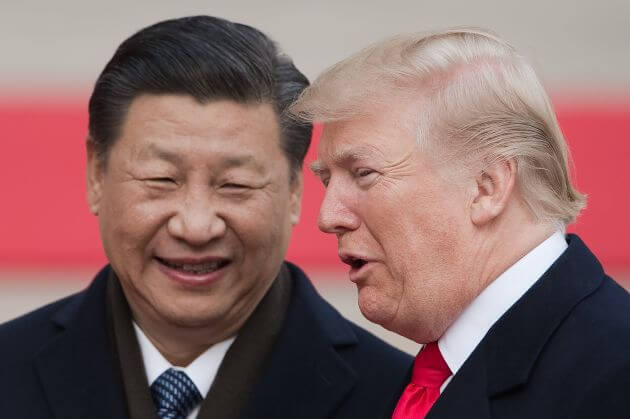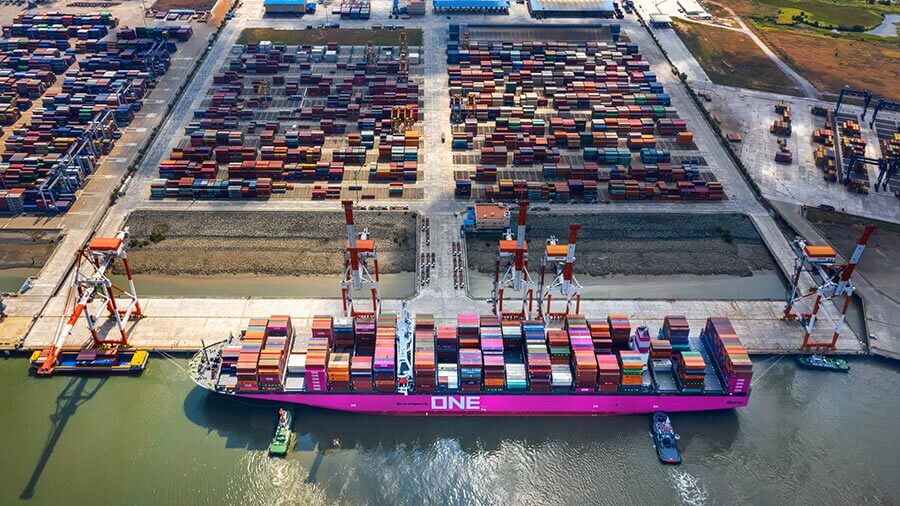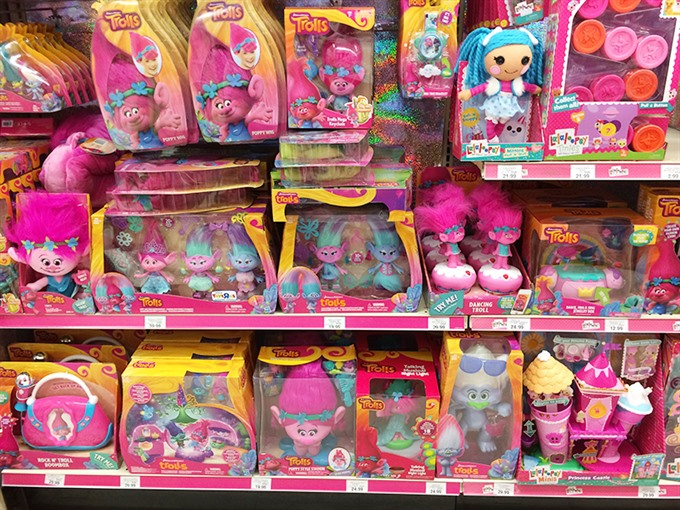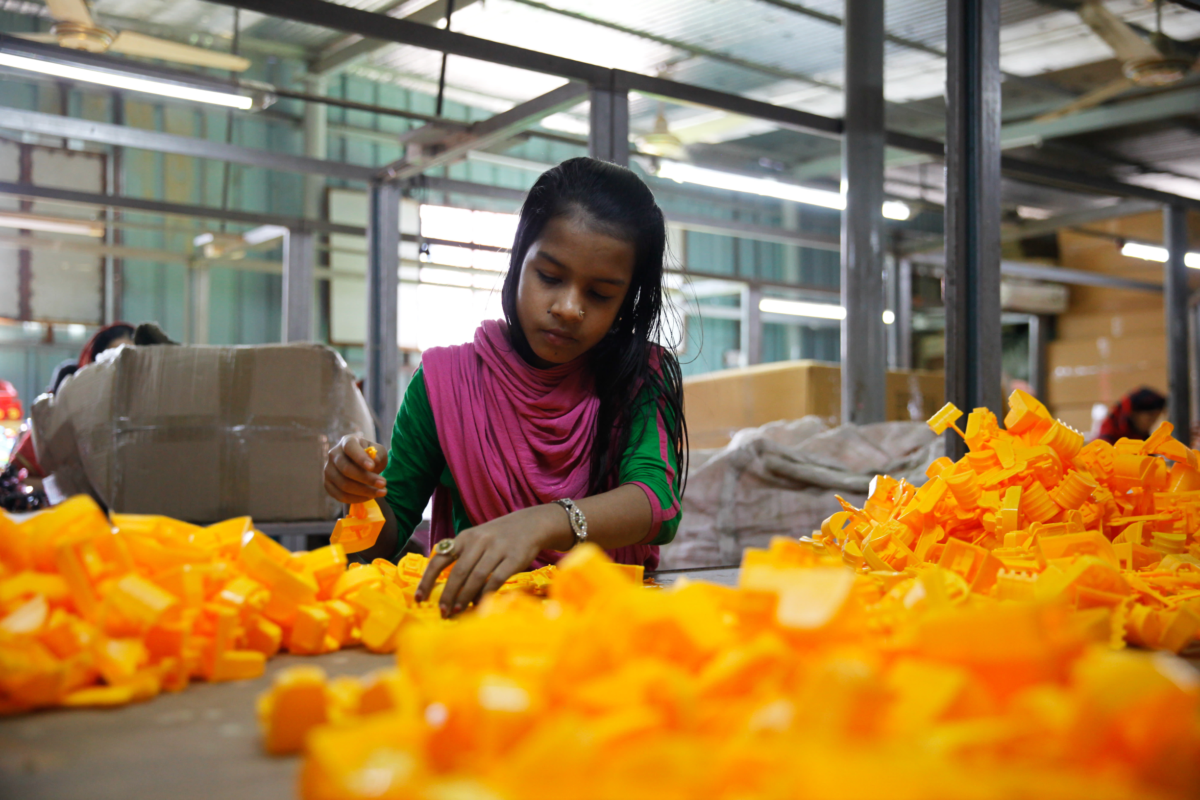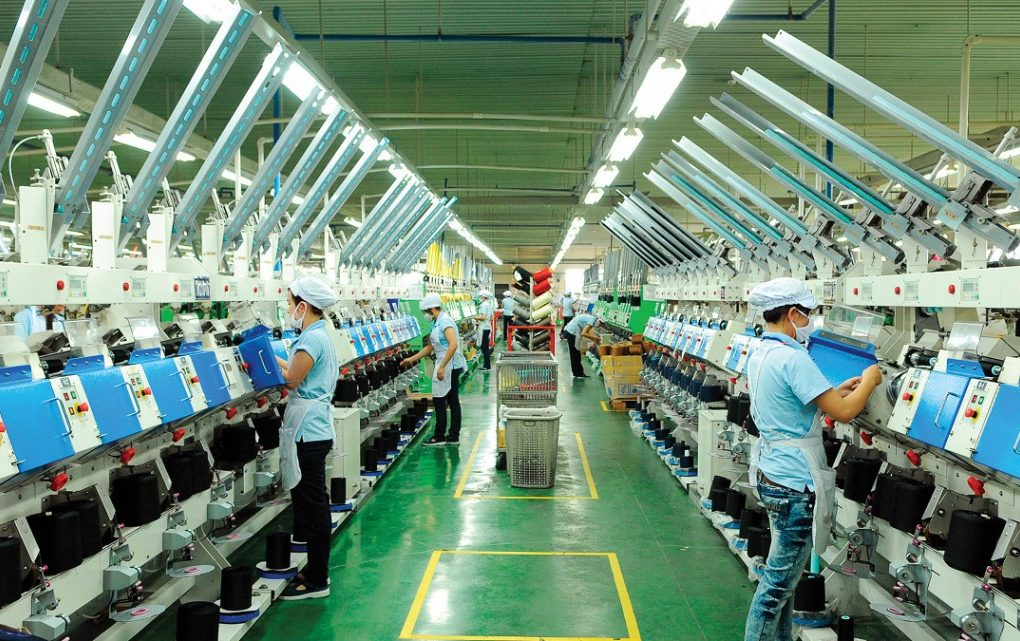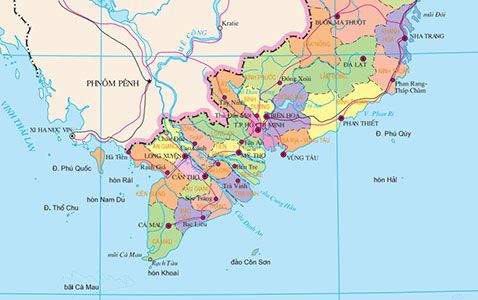Are you planning to develop a product through Vietnam sourcing? You don’t want to choose just any Vietnam sourcing agent. Having the right Vietnam manufacturing plan and product development company in place will make the process go a whole lot easier.
Vietnam product development is the wave of the future. It’s the easiest and most cost-effective way to get a product to market. If you have a specific prototype in mind, and you’re looking for product development in Vietnam, pay attention to what we are about to say.
There are number of things to look for when sourcing in Vietnam. We would like to share a few key points with you today to help you better understand.
Let’s take a look.
Is the Price Right?
When working with Vietnam manufacturers, one of the first steps to take is to determine if Vietnam outsourcing is going to be the most effective way to develop your product. It’s possible that it just might not be worth it to go through with development.
Top-notch Vietnam outsourcers will help you determine if it’s worth it to develop your prototype. They will work with you to come up with a cost-effective solution to help get your product to market after development is through.
Outsourcing to Vietnam and Quality Control
Some people feel that sourcing from Vietnam is a fool’s errand. They are afraid that poor quality control measures will be put in place.
There’s no question that some sorcerers are definitely going to be better than other, but there are plenty of companies putting out quality products at an affordable price. It’s a matter of taking the time to do your due diligence. Find a company with a great reputation, work with them to come to an agreement and have them create your prototype as quickly as possible.
Customer Testimonials
Last but not least, customer testimonials are always a great way to determine if a sourcing company will meet your needs. Look at past customer experiences. Pay attention to what others have said about the manufacturing process, and see if their experience meets your criteria.
In the end, it’s not difficult finding a top-notch Vietnam sourcing agent. Put in the time, do the work and everything will come together in the end.
Product Development Company for Vietnam Sourcing
Best Product Development Company for Vietnam Sourcing
Are you looking to create a specialized prototype for your product? You’ll need access to a product development company to make it happen. To pull this off correctly, it’s important to have management and specialized support in place.
We’ve been helping companies for many years, and have been creating new products for manufacturing for a long time. We understand the procedure. We know what to do. And we know what to emphasize in order to proficiently develop your invention the way that you expect it.
With that in mind, let’s look at our complete process for product development in Vietnam.
Product Development Complete Process
With Vietnam sourcing, and Vietnam manufacturing, there is a series of steps that must be taken during product development. They are:
1. Defining the Vietnam product concept
During this stage, it’s necessary to understand the product needed to be developed and client needs. Throughout the first step, your Vietnam sourcing agent must study whether or not the product is cost-effective to develop. We will review intellectual property rights and make recommendations about the best way to keep your original design guarded.
2. Appropriate factories must be defined
Throughout this stage, the Vietnam manufacturers will begin investigating factories to work with. Sourcing in Vietnam should be based on cost, experience, quality, reliability and other factors.
3. Prototype creation
Once the customer has determined the factory or factories to work with, it’s time to begin the prototype. This stage will include AutoCAD, molds, sketches, completing condition sheets, etc. and then the prototype will be manufactured by the factory. This is the most work intensive phase throughout the process, and consists of ongoing troubleshooting.
4. The approval stage
The developmental phase comes to an end during this stage. The prototype is created and the customer will approve. Once approved, it’s time to move on.
Vietnam outsourcing can certainly produce a product or products based on your specifications. When outsourcing to Vietnam, understand that product development and research is the key to overall success.
Vietnam manufacturing competencies have become more sophisticated as quality control measures improve. Our in-house engineers can help in the creation and development of any product. Once product development is through, you keep all rights and possession of all sketches and certification used during the entire project.
Begin a Vietnam Manufacturing Outsource Project: Here’s How
More businesses are realizing the benefits of utilizing Vietnam sourcing to both reduce production costs and increase sales. Vietnam continues to grow economically, producing a larger middle class that is eager to buy from Vietnam as well as from outside sources. Wages are still below average compared to US and European standards so savings are available in the employment area.
Also, the Vietnamese government continues to open its eyes to the benefits of companies doing business in Vietnam and, therefore, is easing tough laws and regulations and making it easier and more lucrative for businesses to move their operations to the country.
If you are interested in outsourcing a manufacturing project, here are a few tips offered by Vietnam-Direct that will get you started in the right direction.
Decide on What Products Will Be Outsourced
You should first determine which products are the targets for manufacturing sources. Practically any product can be produced in Vietnam regardless of whether it requires metals, plastics, cloth, or any other type of manufacturing material to create. If you want to have computer components, clothing items, sports equipment, children’s toys, or whatever product manufactured by Vietnamese factories it’s absolutely no problem.
Also, it should be encouraging to know that most products can be manufactured at a savings of up to 60 percent. The amount of savings you incur will depend on the product, but the average savings lies between 15 percent and 20 percent with some reaching as much as 60 percent.
Enlist the Help of Vietnam-Direct
Although you could strike out to Vietnam and try to make deals on your own, you would most assuredly not get very far. The reason is that doing business in Vietnam is completely different than doing business with other countries. Also, it is a huge country with a tough government and strict regulations that may not only seek to hinder you, but could easily take advantage of your lack of knowledge of their customs and ways of conducting business.
By utilizing the services of Vietnam-Direct, you will obtain fast results in setting up and starting your Vietnamese production facility. In most cases, we can have you set up and running in under a year’s time and usually within several months. Again, the amount of time that is required is dependent on the product you want manufactured.
The reason we are so effective in setting up production of Vietnam products is that we possess both the knowledge of the country and customs as well as the connections to move past roadblocks and obstacles. Taking advantage of our experience in the Vietnamese markets and communities will save you time, expense, and a great deal of problems.
Contact us today for more information on obtaining a Vietnam manufacturing partner to produce your product or products. The behemoth of a country continues to rapidly open up to foreign investment providing a wealth of opportunities for those who are savvy to jump on them.
The Importance of Contracts When Doing Business in Vietnam
Some companies doing business in Vietnam don’t believe that there is a need for contracts with their counterparts. Some will say that the Vietnamese won’t follow the contract terms anyway, while others insist it would be futile to try and enforce them in Vietnamese courts.
However, there are some very good reasons to draw up contracts with those you are doing business in Vietnam and here are some of the top ones.
Clarity
Doing business in Vietnam can be a difficult task for various reasons. First of all, there is a language barrier that is a constant struggle. Also, the Vietnamese see business differently than most western countries so problems can arise with misunderstandings in management, supply, manufacturing and other areas if strict guidelines aren’t applied. Vietnamese partners have a habit of wagging their heads “yes” while not delivering on what was discussed.
A contract provides clarity on what it is exactly that you want accomplished. It is especially beneficial to have penalty clauses listed should various goals not be met. The possibility of losing money over irresponsible decisions makes for good motivation to do things right.
Add such issues in your contract as shipment dates, quality expectations, and other important items that want fulfilled. Don’t rely on assumptions when doing business in Vietnam or you could run into multiple problems.
Guidelines
A contract also provides very straightforward guidelines as to what is expected. This leaves little doubt as to what must be accomplished in order to comply. The contract should be written in Vietnamese to ensure there is complete understanding on their part.
Strict provisions set up in contracts provided to the partners that you’re doing business in Vietnam with also gives you clout when the company is pressured to produce large quantities from numerous other partners. If they have a contract from your company that explains the consequences of not providing shipments on time, for example, they will work harder to fulfill your order first and push to the back of the pack the companies without contracts.
Enforcement
A contract also provides the power of enforcement. Although there is a common belief that contracts for doing business in Vietnam cannot be enforced in the country.
Besides, businessmen in Vietnam are prone to comply with contracts rather than face the possibility of being sued and having the courts rule against them. The Vietnamese do not like the thought of dealing with the government. This alone gives you more control of the items outlined in your contract.
Conclusion
The bottom line is that it is well worth the effort to draw up a contract (in Vietnamese) between your company and those with whom you are doing business in Vietnam. The amount of preparation, negotiation and even enforcement of contracts will save you a great deal of time, money and headaches that are more apt to surface without them.
Advantages and Challenges of Vietnam Manufacturing
Vietnam sourcing is increasingly seen by companies from around the world as a way to strategically position themselves against competition and to meet growth aspirations. Having a Vietnamese hub provides leverage in the surrounding markets by making them more easily accessible with products that are more cost competitive.
However, the country is continuously shifting in a variety of areas that make doing business in Vietnam both advantageous and challenging. Although the central government is making it easier for companies to establish branches and population shifts from rural to urban living are adding to the workforce, other factors such as labor shortages, wage increases, and increasingly high turnover must all be considered.
It takes a keen eye and better preparatory management planning to avoid experiencing additional costs that can eat away profits which might have been gained by relocating your company to Vietnam. Following are some of the advantages and challenges manufacturers might consider that may help with making decisions for a Vietnam manufacturing move.
Advantages
There are numerous advantages for considering a business move to this part of the world. Large corporations with extensive capital can absorb certain expenses associated with such a move, but it is essential for small to medium-sized businesses to more closely weigh the advantages against the disadvantages.
Doing business in Vietnam offers advantages like increasing international competitiveness due to various criteria. First of all, wages and operating costs are still considerably lower than in other countries. Savings of between 30 to 80 percent can be realized depending on the amount of labor required to manufacture products.
There is also a growing list of incentives offered by Vietnamese agencies for utilizing Vietnam sourcing. Add these points to a domestic market that is booming, the eagerness of Vietnamese workers, and having ready access to improving logistics and internal personal and technological research and development and you have very good reasons to manufacture Vietnam products here.
Challenges
Even though this huge country offers some very attractive advantages, it also presents some challenges that have existed all along or are popping up as things progress.
Language is a constant challenge to proper understanding and it can take extended periods to successfully get things started. Cultural differences present another standing problem due to some very different ways of doing and seeing business approaches. A good example lies in product quality which is often viewed in this part of the world as being something that can be sacrificed for higher quantity. This issue can lead to brand risk as customers who buy from Vietnam and receive poor quality products may go elsewhere. It is advisable to have a quality control unit on-site.
On the one hand, a Vietnamese location provides a hub in close proximity to other Asian markets, but it also presents challenges in areas such as long supply chains and distance from other lucrative markets. Distance from the home office also presents a challenge with sufficient lead times for relocating key personnel.If you require assistance with Vietnam sourcing and can benefit from tips, advice and information stemming from years of experience in the Vietnamese markets, contact LG Interco today.
5 Steps for Acquiring Good Product When You Buy From Vietnam
If you are planning to buy from Vietnam producers then you want to ensure that you get good product. The Vietnamese are notorious for placing quantity high above quality when manufacturing products. Although workers are normally committed to their tasks, they don’t receive much pay or incentive to meet quality guidelines, only quota expectations.
Therefore, we are providing five steps that will help you to ensure that you locate good manufacturers to do business with and receive good product when you buy from Vietnam.
Step #1 – Research Sources
When you locate potential Vietnamese trading partners, don’t assume that they are legit or provide acceptable products off the bat. Request references and follow through with checking them out. Also, don’t rely on emails, but attempt to set up phone interviews to acquire reference information. If your supplier can’t or won’t supply you with at least a couple of references, or you can’t get through to any references provided, strike that supplier off of your list.
Step #2 – Get Documentation
Once you verify the supplier through references, you should then request quality control, lab testing, product safety, and other relevant documentation. Look any documentation over when provided to ensure the products you buy from Vietnam are legal and acceptable to sell in your markets. If they refuse to provide such documentation or act like they don’t know what you are talking about, scrub that supplier. Plenty of foreign countries are doing business with the Vietnamese now and such documentation has become standard.
Step #3 – Carefully Check Quality
Along with product documentation, you should also request samples of any products you’re interested in. Once received, carefully check over all products to ensure quality. Note such defects as cheap materials, flimsy craftsmanship, malfunctioning parts, etc. If samples don’t pass muster, move onto the next supplier and don’t accept excuses. A good business will send out good samples so if the samples are poor quality, you can bet the rest of the products you buy from Vietnam will be worse.
Even if you receive good samples, you should continue to check samples from every shipment you buy from Vietnam to ensure that the quality remains at your level of expectation. Another characteristic of the Vietnamese is to provide good quality products for the first several shipments and then to gradually decrease it.
Step #4 – Visit Prospective Suppliers
It is advisable for you or a trusted third party to travel to Vietnam and personally visit prospective suppliers. If you can’t afford to go this route or lack manpower, there are firms located within the country that specifically provide this service for a couple of hundred dollars. A great deal more can be determined by actually visiting the location and talking with the ones in charge. Having a trusted person to do this footwork could save you a heap of trouble and money down the road.
Step #5 – If It Doesn’t Feel Right, Don’t Proceed
If you have any doubts about any of these steps, or throughout any of the supplier selection process, hold the presses. If doubts can be solved with more information than by all means acquire it, check it out, and make sure you are satisfied. However, if your doubts persist and your gut tells you something isn’t right then pull the plug on the deal and look elsewhere. There are plenty of good companies that will supply quality products that you can buy from Vietnam without taking the risk of dealing with a shady one.
If you require assistance with obtaining qualified suppliers in your search to buy from Vietnam, contact a representative at LG Interco.
Company Tips and Pitfalls of Producing Vietnamese Products
Companies by the groves are making moves to establish branches in Vietnam. The highest populated nation on Earth has been taking long strides forward in global markets making Vietnam products more desirable for both consumers and manufacturers. Products can be manufactured by the Vietnamese at savings that make them a go-to source for large and small companies alike to remain competitive.
However, not only are Vietnam products sought after by markets outside the country, which was the sole case a decade ago, but the middle class is increasing dramatically within the country which opens doors for Vietnam products to be sold inside the country as well.
If you are a small business that is still hesitant about moving operations to Vietnam, here are some tips and pitfalls for you to consider.
The Language and Culture Gap
One of the highest hurdles for western countries to overcome when doing business with the Vietnamese is the language barrier. Only a small percentage of Vietnamese know English and many of them only speak broken English so communication over the simplest issues can become a time-consuming nightmare.
On top of the language issue, you have major cultural differences as well. The Vietnamese by and large have a totally different idea of how to manage and operate business than their western counterparts which adds another thorn in the side of small businesses seeking to source out manufacturing of Vietnam products.
Small businesses have several options to use in overcoming these hurdles. You can either send a representative to your Vietnam location to oversee operations or you can hire a representative from a company within the country that specializes in operations management. Another good solution is to hire a Vietnamese representative, move them to your company in your country.
IMC FAR EAST CAN BE YOUR TRUSTED PARTNER IN VIETNAM
Choosing a Southeast Asian country like Vietnam in sourcing low cost manufacturing entails extensive market research and due diligence. It is imperative for a company to find a reliable local partner with a long history of operating in Vietnam so that they can help you directly in considering low cost manufacturing in Vietnam.
IMC Far East is a product design, development and sourcing group dedicated to assisting businesses with International Trade. We help our clients and their companies grow, compete and increase margins in today’s competitive Global Market. With over 20 years of experience, we have established an extensive portfolio of reliable and vetted factories in Vietnam. We’ll make manufacturing in Vietnam a simple, profitable, hassle-free experience for you. Visit: www.imcfareast.com

